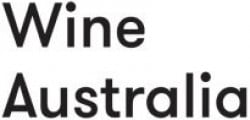Wine Australia

Grapevine planting material represents a major investment and critical production asset for the Australian wine industry, but the genetic diversity that is present in Australia is poorly understood. Furthermore, while grapevine cultivars can be unequivocally typed by ampelography and/or genetic tests, clonal identification solely relies on the tracing of supply records to the point of origin. Such records are not always available or reliable, particularly for older accessions. Whole genome sequencing (WGS) provides the most highly detailed methodology for defining grapevine cultivars and more importantly, clones of those cultivars.
This project builds on phase one of work which commenced in 2021-22. It will expand on the number of cultivars and clones sequenced in phase one, such that a foundational database is extensive enough to provide robust identification of specific cultivars and clones from within a broad background of genetic diversity. Cultivars will be prioritised through consultation with the already-establisehd Industry Reference Group (IRG), which comprises CSIRO, SARDI Yalumba Nurseries, SAVIA, MIAVIS, WAVIA and other nursery groups as well as Treasury Wine Estates, Accolade and Brown Family Wine Group.
The database will provide a platform for development of a clonal identification test that could underpin provision of cultivar and clone identification as a commercial service. Applications potentially include DNA-based certification of germplasm in nursery and/or vine improvement settings, determination of unknown vineyard plantings and provision of genetic information on heritage grapevines.

-crop-850x675.png)
Have questions?
Find answers to our most frequently asked questions on research projects, commercial opportunities, organisations and more.
Still have questions or have feedback on the site? Please get in touch by completing our enquiry form.